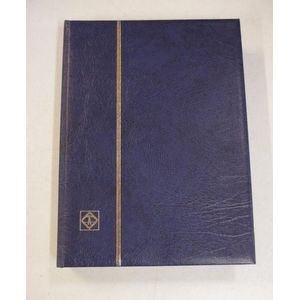Mahogany Circular Snap Top Breakfast Table
19th century mahogany circular snap top breakfast table, on baluster column with scroll legs
You must be a subscriber, and be logged in to view price and dealer details.
Subscribe Now to view actual auction price for this item
When you subscribe, you have the option of setting the currency in which to display prices to $Au, $US, $NZ or Stg.
This item has been sold, and the description, image and price are for reference purposes only.
- Column - An architectural feature sometimes used for decorative effect and sometimes as part of the supporting construction. Columns should generally taper slightly towards the top. They may be plain or decorated with carving, fluting or reeding. Columns may be fully rounded or, more commonly, half-rounded and attached with glue, screws or pins to the outer stiles of doors, or the facing uprights on cabinets and bureaux.
- Mahogany - Mahogany is a dense, close grained red-coloured timber from the West Indies and Central America. It was first imported into Europe in the the early 18th century and its use continued through the 19th century. It was popular for furniture making because of its strength, the wide boards available, the distinctive grain on some boards, termed flame mahogany and the rich warm colour of the timber when it was polished.. The "flame" was produced where a limb grew out from the trunk of the tree, and this timber was usually sliced into veneers for feature panels on doors, backs and cornices.
Some terms used to describe mahogany relate to the country from which it originally came, such as "Cuban" mahogany, "Honduras" mahogany etc. However unless the wood has been tested the names assigned are more a selling feature, rather than a true indication of the timber's origin. - Scroll Legs - are in the form of an elongated scroll or 's' shape, from which the cabriole leg also derived. Scroll legs, however, are usually rather more substantial and are frequently found supporting side tables and hall tables throughout much of the 19th century. As a rule, the back legs of such tables intended to remain against the wall were flat and rectangular.
- Baluster (furniture) - An architectural term for a column in a balustrade or staircase, often defined as a "vase shape". The shape is extensively used in furniture and decorative arts.
In furniture, it is used to describe a chair or table leg turned in that form, or more usually as an inverted baluster, with the bulbous section to the top. Less commonly used to describe a chair back that has the outline of a baluster. A baluster may also be split and applied to the front of a cupboard for ornamentation.
For ceramics and silver items it is often used to describe the shape of the whole item, rather than a part.
In Georgian glassware, the shape is commonly seen in the stem of glasses.
This item has been included into following indexes:
Visually similar items

A George II sterling silver baluster mug by William Williams I, London, 1746, 12.5 cm high 320grams
Sold by
in
for
You can display prices in $Au, $US, $NZ or Stg.

Royal Doulton 'The Moor' figure HN1657 introduced 1952. Height 46.5 cm.
Sold by
in
for
You can display prices in $Au, $US, $NZ or Stg.

One album containing unused Australian stamps, approx 48 pages of mostly Australian stamps
Sold by
in
for
You can display prices in $Au, $US, $NZ or Stg.

Parker standard lamp, cream shade, Australia, c1960s, 160 cm high, 40 cm deep
Sold by
in
for
You can display prices in $Au, $US, $NZ or Stg.
